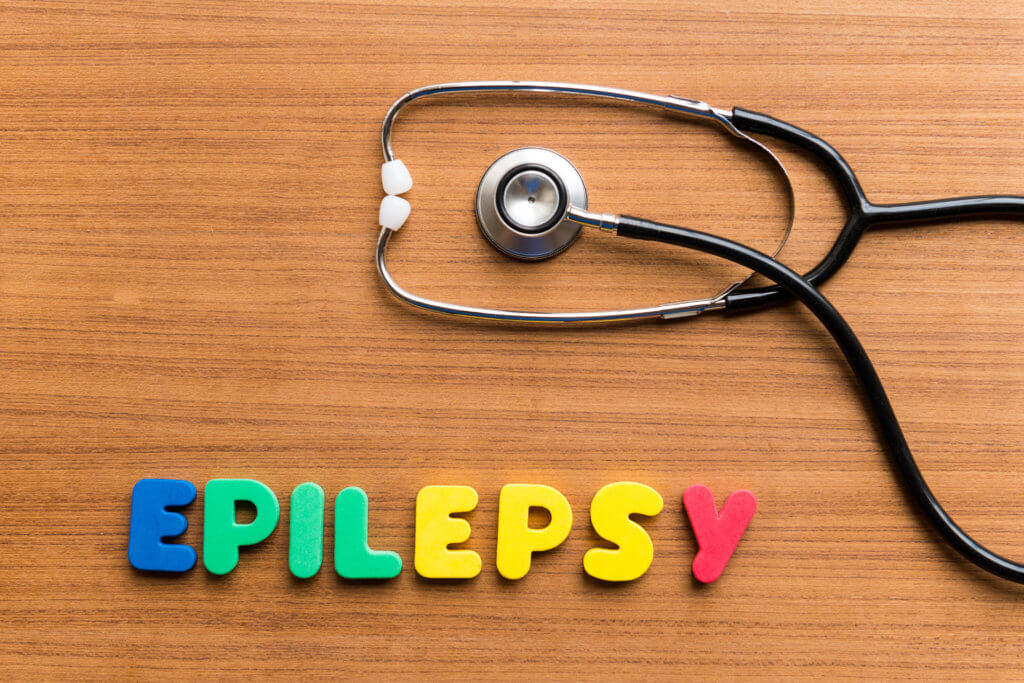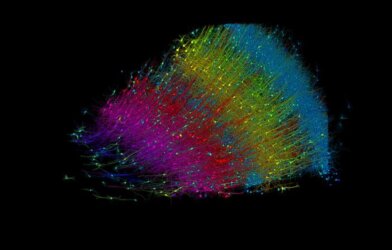Scientists from Florida State University College of Medicine have made an important discovery in the advancement of epilepsy research. They found a connection between a specific protein in the brain and increased vulnerability to neurodegeneration for patients with temporal lobe epilepsy (TLE).
TLE, which is usually resistant to medication, is the most common form of epilepsy. In order to study small amounts of tissue from hard-to-reach regions of the brain, researchers used a novel technique. Sanjay Kumar, study lead author and professor of biomedical sciences at Florida State University College of Medicine, developed the novel technique, known as area-specific tissue analysis (ASTA), and has applied to patent it. “ASTA’s added precision created an improved method of testing for both the presence and volume of specific proteins linked to TLE,” the researchers explain.
While studying the brain, researchers focused on a chemical messenger called glutamate and one of its receptors, N-methyl D-aspartate (NMDA). Glutamate is the body’s most plentiful amino acid and plays a critical role in learning and memory. While GluN1 and GluN2, the two proteins commonly associated with NMDA, were evenly distributed in a critical hippocampal region of the brain, a third one — GluN3 — was distributed on a gradient.
Neuron loss in the hippocampal and para-hippocampal regions of the brain is a major feature of TLE. “The relationship between GluN3 and cell loss was not known until this research,” says Kumar. “This advance in cellular biology is an important step for developing therapies to help patients.”
GluN3 makes neurons more vulnerable to calcium-induced cellular damage. Because of their discovery, researchers are now able to narrow the focus to identify where neurons are dying and in how large an area.
Kumar says the team’s discovery of the gradient distribution of GluN3 will also allow researchers to access more relevant tissue samples. “This research shows how area-specific tissue analysis can be a useful tool,” explains Kumar. “I’m excited to explore what further research with this technique can uncover.”
The Kumar Lab is focusing on understanding the basic mechanisms underlying TLE, “as well as identifying and isolating vulnerable cells and circuits within the hippocampal region to promote the discovery of more effective therapies and interventions.”
The team’s work is support in part by a grant from the National Institute of Neurological Disorders and Stroke, a division of the National Institutes of Health. The study is published in the Journal of Neurophysiology.












